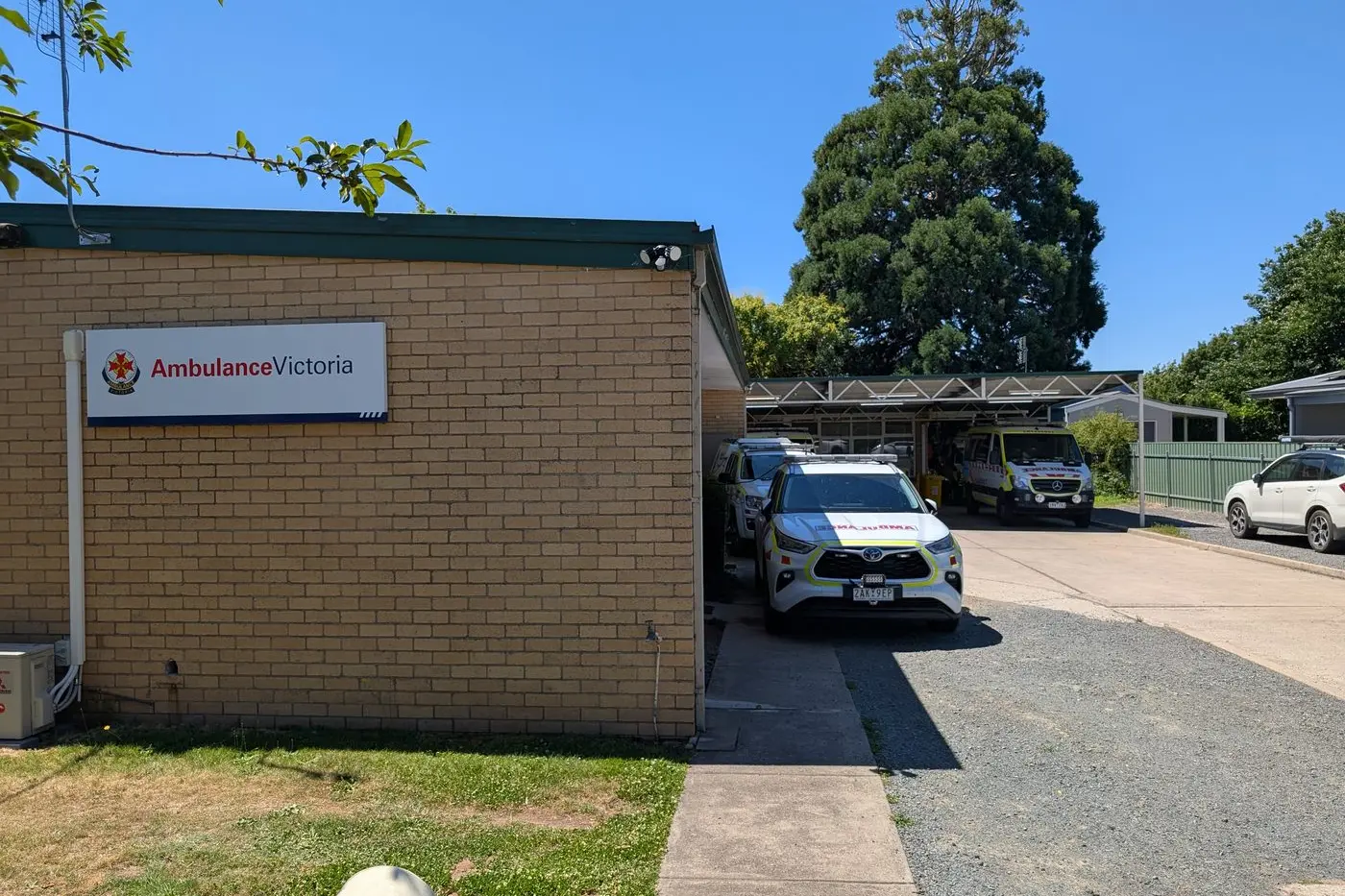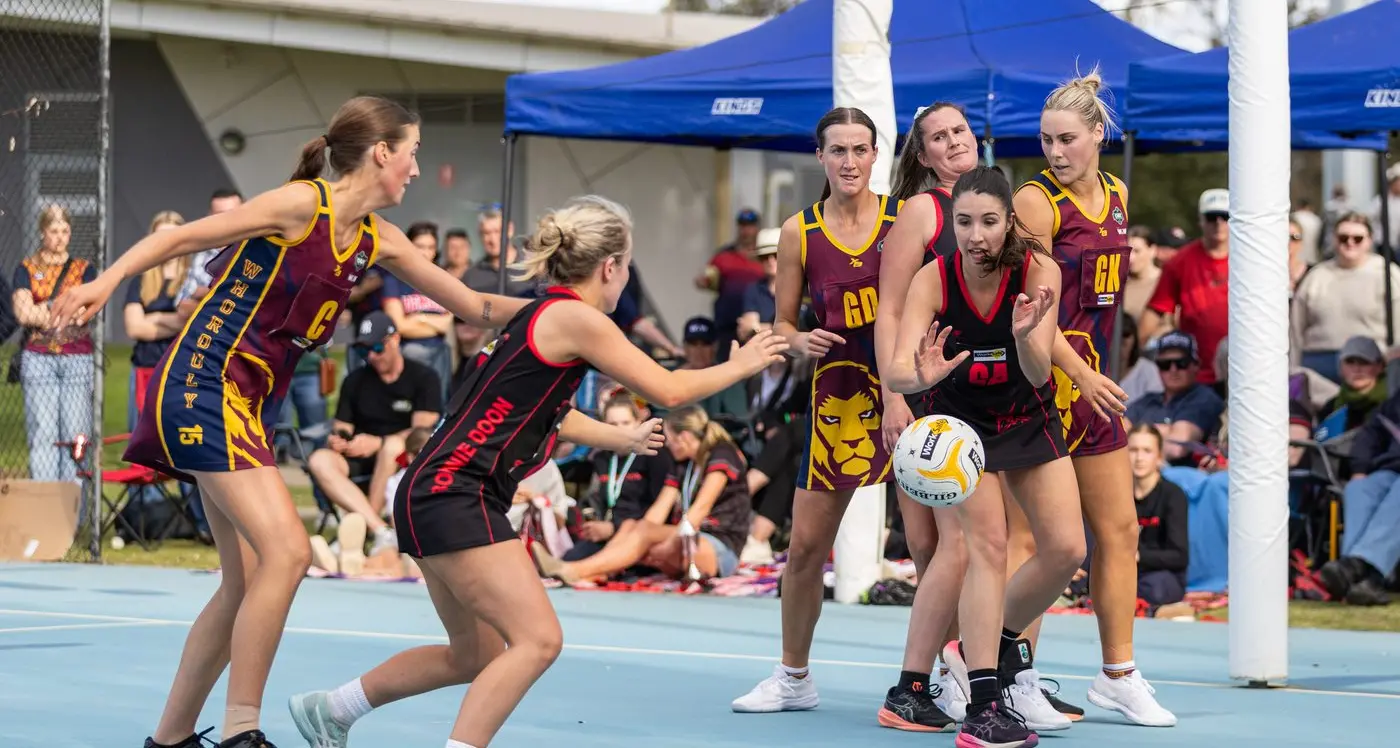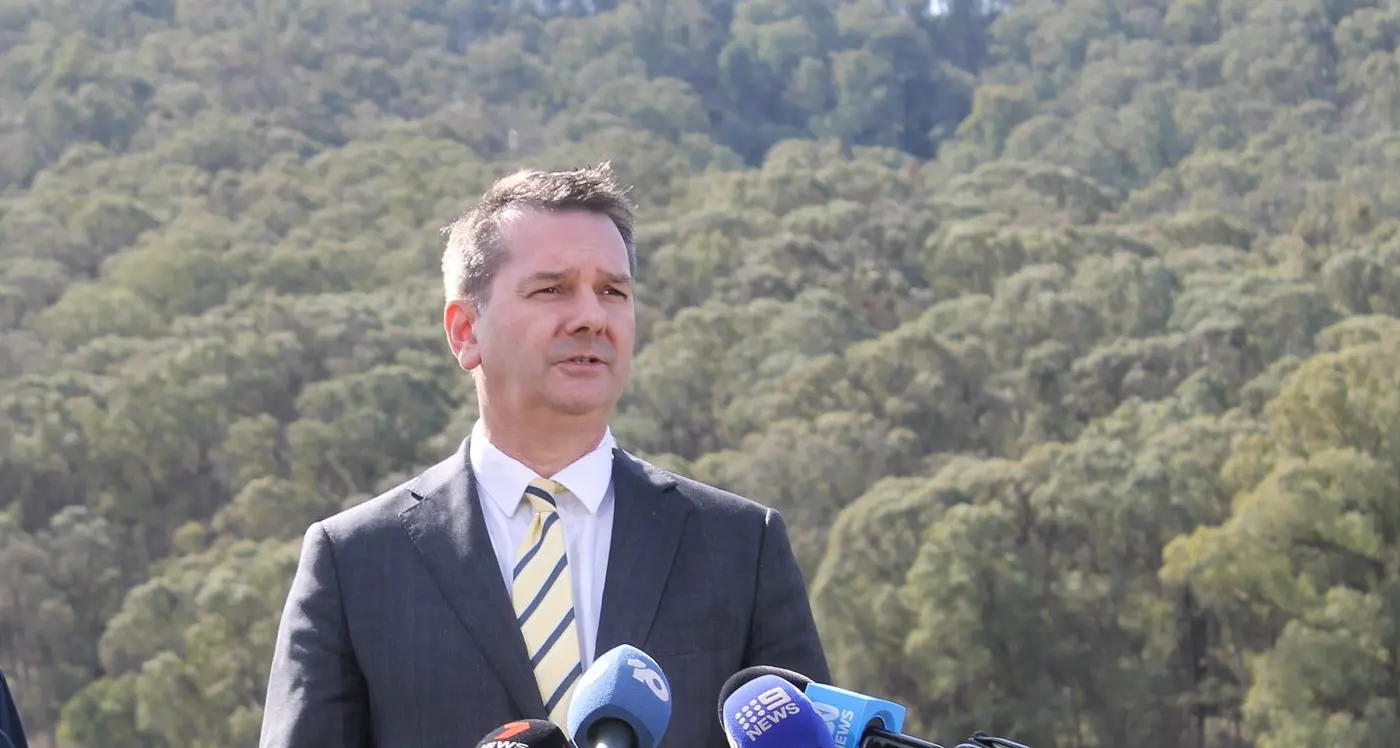PHOTO
AMBULANCE response times in Mansfield LGA dipped in early 2025, according to new figures released Ambulance Victoria (AV) last week, with response times for high-priority call-outs rising slightly.
The AV statistics show 40.5 per cent of Code 1 patients in Mansfield were reached within 15 minutes between January and March.
That’s down from 50.5 per cent in the previous quarter, and 43.7 per cent recorded during the same period last year.
The average Code 1 response time for Mansfield rose to 18 minutes and 34 seconds.
Code 1 incidents are the most serious emergencies—such as cardiac arrests, major trauma, or serious breathing difficulties—requiring lights and sirens and urgent hospital care.
Code 2 response times also saw a modest rise, covering non-critical but still time-sensitive cases.
Mansfield’s average Code 2 response time was 29 minutes and 18 seconds.
In surrounding shires, performance varied.
Wangaratta led the region with 66.5 per cent of Code 1 calls reached within 15 minutes and an average time of 14 minutes and 25 seconds.
Benalla recorded 53.2 per cent within the 15-minute benchmark and an average response time of 16 minutes and 40 seconds.
Murrindindi Shire, bordering Mansfield to the south-west, had a similar case load, reaching 51.0 per cent of Code 1 cases within 15 minutes, with an average time of 17 minutes and 9 seconds.
Strathbogie Shire mirrored Mansfield’s figures with 42.6 per cent of Code 1 calls reached in time and an average response of 18 minutes and 24 seconds.
Code 2 response times also reflected this trend.
Wangaratta averaged 18 minutes and 53 seconds, Benalla 24 minutes and 34 seconds, Murrindindi 25 minutes and 58 seconds, and Strathbogie 27 minutes and 36 seconds.
Across the Hume Region, AV crews attended 5451 Code 1 cases between January and March, down from 5790 in the previous quarter.
Statewide, performance improved slightly, with 65.6 per cent of Code 1 cases reached within 15 minutes—up from 64.9 per cent the previous quarter.
The statewide average response time fell to 15 minutes and 25 seconds, a 17-second improvement.
AV Executive Director Regional Operations Danielle North said the easing demand had brought much-needed relief after an intense 18 months.
“After three quarters in a row close to or above 100,000 Code 1 cases, the first quarter of 2025 brought some welcome relief for our crews who were called to 95,321 Code 1 emergencies,” Ms North said.
“Despite the drop this quarter, we have seen a 31.8 per cent increase in Code 1 cases since the COVID-19 pandemic began more than five years ago.”
AV’s Hume Regional Director Narelle Capp said her team remained focused on targeted improvements, particularly in areas where response times were lagging.
“We continue to work with our partners to ensure our paramedics and first responders are dispatched to the right patient at the right time, and that our patients are connected with the right care to meet their needs,” she said.
Since November, AV has recruited 119 new paramedics across the state, including graduate intakes and experienced staff from interstate and New Zealand.
A cohort of 30 Mobile Intensive Care Ambulance (MICA) intern paramedics also hit the road earlier this year, adding further depth to emergency teams.
Technology upgrades are underway, including the rollout of digital radios and iPads across regional Victoria, aimed at reducing paperwork and improving efficiency on scene.
AV’s Secondary Triage Service continues to play a vital role in easing strain on urgent crews.
Between January and March, 43,858 people who did not need an emergency ambulance were instead connected to more appropriate care by triage nurses and paramedics.
The Medium Acuity Transport Service (MATS) also responded to 7,256 lower-priority cases during the quarter, keeping frontline units available for critical emergencies.
Ms Capp urged residents to take steps to protect their health as winter approaches.
“There are many options people can access when they need timely medical care and health advice but don’t need an emergency ambulance, including the Victorian Virtual Emergency Department and Urgent Care Centres,” she said.
“As we head towards winter, we urge Victorians to book their flu vaccinations, keep regular appointments with their GP or specialist, and stay home if unwell.”
“These small steps can help protect our community and ensure our most critical patients receive the urgent care they need.”





